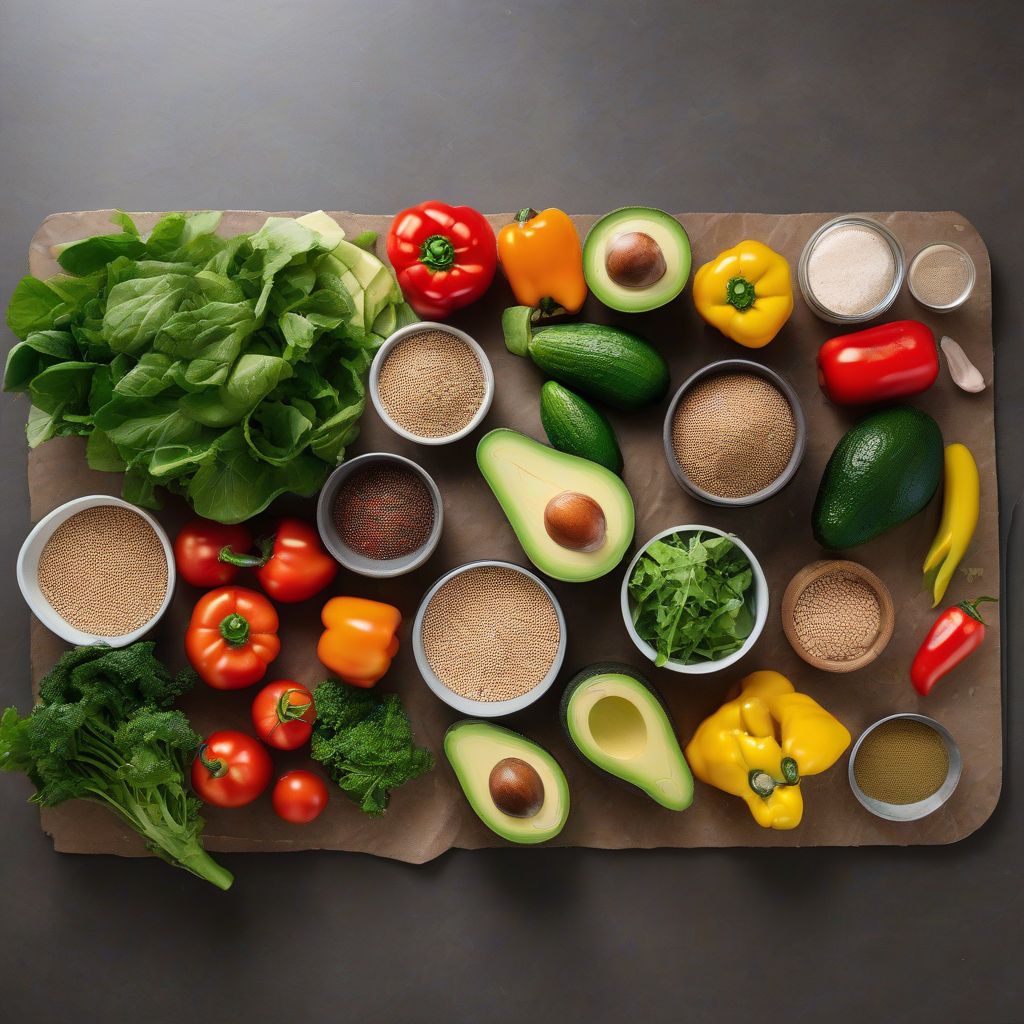Have you ever noticed how a single photo can transport you back to a specific moment, flooding your senses with emotions and memories? Or how a captivating video can make you feel like you’re right there in the action? That’s the power of visual storytelling, and it’s something you can easily leverage to make your own stories more engaging, relatable, and memorable.
Whether you’re sharing a personal anecdote, a recipe, or your expertise as a nutritionist, incorporating photography and video can take your content to the next level. Here’s how:
Why Visuals Matter in Storytelling
Before we dive into the how-to, let’s take a moment to understand why visuals are such powerful tools for enhancing your stories:
1. Grabbing Attention: In our fast-paced world, visuals have a higher chance of capturing attention than text alone. They act as a visual anchor, drawing readers in and making them more likely to engage with your content.
2. Boosting Engagement: Visuals are inherently more engaging than text. They break up large blocks of text, making your content more visually appealing and easier to digest.
3. Evoking Emotions: A well-chosen image or video can evoke a powerful emotional response in your audience, creating a deeper connection and making your story more impactful.
4. Enhancing Understanding: Visuals can often convey information more effectively than words, especially when it comes to complex concepts or processes.
5. Improving Memory: Studies have shown that people tend to remember information better when it’s paired with visuals.
Photography Tips to Elevate Your Content
Photography is a powerful tool for storytelling, and even with a smartphone, you can capture stunning visuals that enhance your content. Here are some key tips:
1. Tell a Story with Your Images
Think of each photograph as a mini-story within your larger narrative. What emotions or messages do you want to convey through the image? Use composition, lighting, and subject matter to tell a compelling story.
2. Focus on Composition
Composition is key to creating visually pleasing and engaging photographs. Utilize techniques like the rule of thirds, leading lines, and symmetry to create a sense of balance and draw the viewer’s eye to the most important elements.
3. Pay Attention to Lighting
Lighting can make or break a photograph. Natural light is generally the most flattering, so try to shoot your photos near a window or outdoors. If you’re shooting indoors, experiment with different light sources to find what works best.
4. Showcase the Details
Close-up shots are a great way to highlight details and textures that might be missed in wider shots. Don’t be afraid to get in close and capture the finer points of your subject.
5. Edit Your Photos
Editing can enhance your photos and give them a more polished look. Use editing software to adjust brightness, contrast, saturation, and sharpness.
 Fresh Ingredients for Healthy Meal Prep
Fresh Ingredients for Healthy Meal Prep
Using Video to Create Engaging Content
Video is an incredibly powerful medium for storytelling, allowing you to connect with your audience on a deeper level. Here’s how to utilize video effectively:
1. Plan Your Videos
Before you hit record, take some time to plan out your video content. What message are you trying to convey? What type of video format would work best for your story?
2. Focus on Good Lighting and Sound
Just like with photography, lighting and sound are crucial for creating high-quality videos. Use natural light whenever possible and invest in a good microphone to ensure your audio is clear and easy to hear.
3. Keep it Concise and Engaging
Attention spans are short, so it’s important to keep your videos concise and engaging. Get to the point quickly and use visuals to help tell your story.
4. Add Captions
Adding captions to your videos makes them accessible to a wider audience, including those who are deaf or hard of hearing.
5. Don’t Be Afraid to Experiment
There are endless possibilities when it comes to video content. Don’t be afraid to experiment with different formats, styles, and techniques to find what works best for you and your audience.
Weaving Visuals into Your Nutrition and Meal Prep Content
As a nutritionist and meal prep coach, you have a wealth of opportunities to use photography and video to engage your audience and enhance your message. Here are some specific ideas:
- Behind-the-Scenes Meal Prep: Take your audience behind the scenes and show them your meal prepping process.
- Recipe Videos: Create short, engaging recipe videos that demonstrate how to make your favorite healthy meals.
- Before-and-After Transformations: Showcase the incredible transformations your clients have achieved through your guidance.
- Educational Videos: Use video to explain complex nutrition concepts or answer frequently asked questions.
[amazon bestseller=”food-photography”]
Conclusion
Incorporating photography and video into your content doesn’t have to be complicated. By following these tips and experimenting with different techniques, you can leverage the power of visual storytelling to create more engaging, relatable, and shareable content that resonates with your audience and helps you achieve your business goals.
